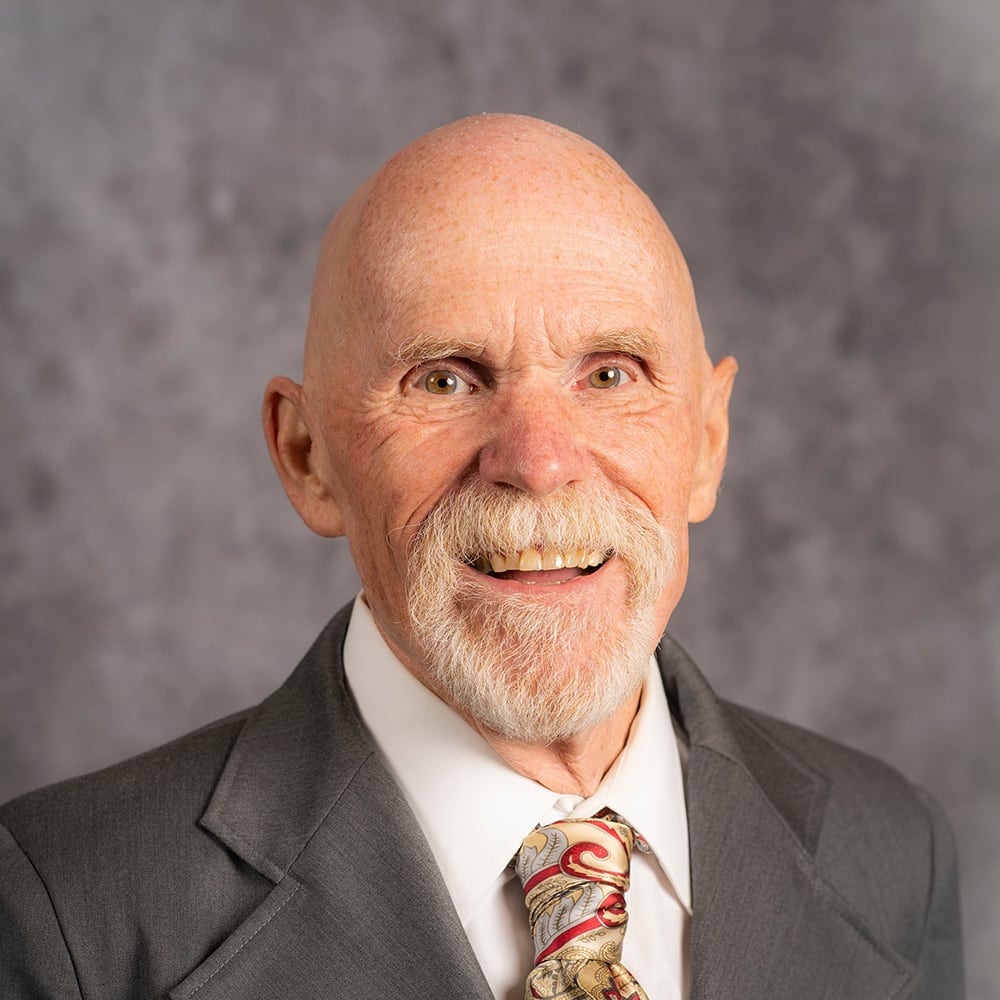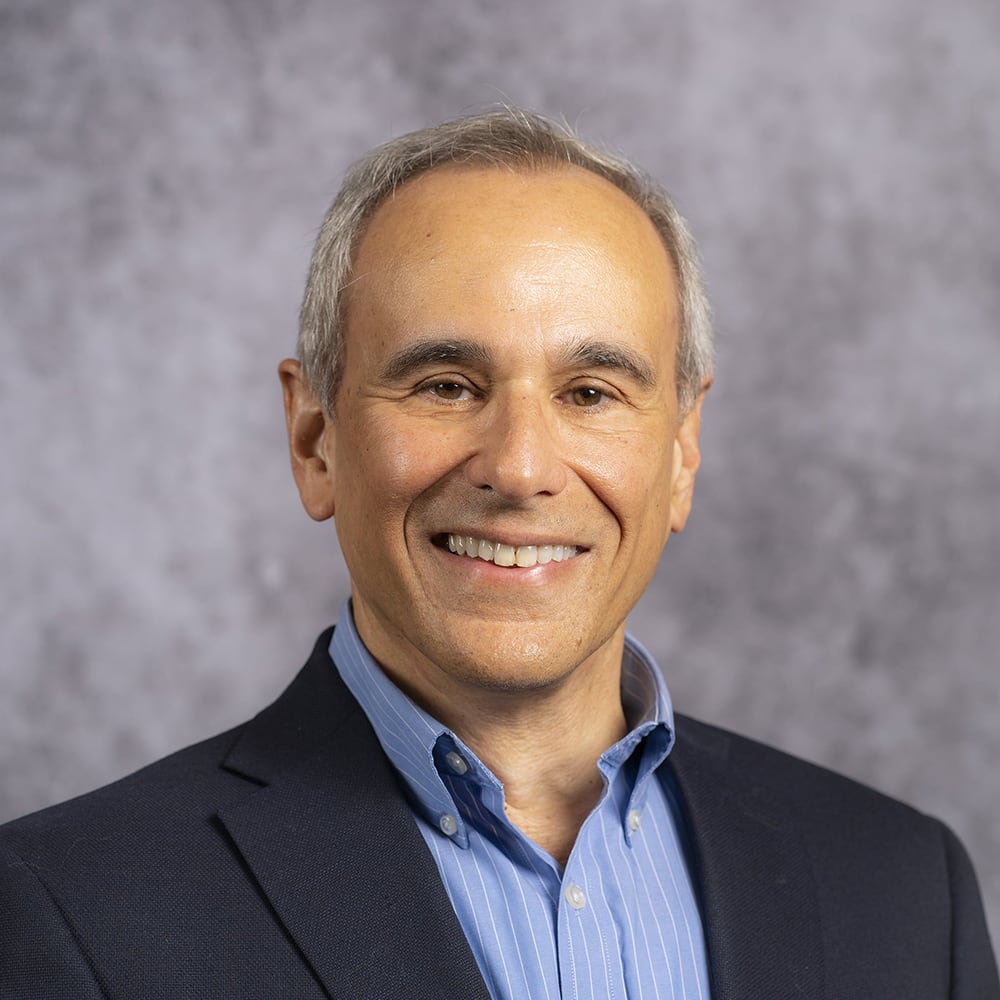Prevention, Detection, and Support
“Breast cancer.” That’s a daunting pair of words. If you’re feeling anxious about the possibility of breast cancer, knowing these three things can help:
- There are things you can do to help prevent breast cancer
- Breast cancer can be detected and treated
- You are not alone
Prevention
There are some factors associated with breast cancer that can’t be changed, like your age, genetics, and the fact that you’re a woman. But there are lifestyle choices you can make to help with prevention.
Control your weight. Overweight and obese women are at higher risk because fat cells make estrogen. Extra fat cells mean there is more estrogen in the body, and estrogen can make hormone-receptor-positive breast cancers develop and grow. There is an extra risk if weight gain occurs after menopause, after your ovaries stop producing estrogen.
Stay active. Exercise helps to control weight. Exercise also consumes and controls blood sugar and limits blood levels of insulin growth factor, a hormone that can affect how breast cells grow and behave. But you don’t have to be a gym rat. The American Cancer Society recommends 30 minutes of activity (which could be as simple as a brisk walk) 5 times a week.
Don’t smoke. Not smoking is one of the best things you can do for your overall health as it causes a number of diseases, many of which are linked to a higher risk of breast cancer in pre-menopausal women.
Limit hormone therapy. The Women’s Health Initiative found that long-term use of combined estrogen plus progestin therapy for managing menopausal symptoms increases a woman’s risk of breast cancer by 24%. Talk with your doctor about using the lowest dose that will work for you.
Consider breastfeeding. If you’re planning to have children, consider this as an option for both you and your baby. Women who breastfeed are at a lower risk for breast cancer because, while breastfeeding, you have fewer menstrual cycles. This lowers the total number of cycles a woman has in her lifetime, which lowers the amount of estrogen she’s exposed to.
Know your history. About 5-10% of breast cancer is hereditary. If you’ve had a first-degree female relative diagnosed with breast cancer, your risk doubles. If two first-degree relatives are diagnosed, your risk increases 5 times. Some hereditary breast cancer (and ovarian cancer) is linked to an abnormal gene, BRCA1 or BRCA2. These mutations can be identified through a simple blood or saliva test. If you have a history of breast cancer in your family, it’s a good idea to get tested for these abnormalities.
Detection
The next step in breast cancer prevention is detection. There are a number of technologies and procedures available to you for this purpose:
Mammogram: A low-energy X-ray that examines the breast. It’s recommended that you get a mammogram every year after you turn 40.
Stereotactic Biopsy: A simple, low-risk test that looks at breast tissue.
Breast MRI: A powerful magnetic field, radio waves and a computer produce detailed pictures of structures inside the breast.
Breast Ultrasound: A non-invasive procedure that uses sound waves to make images of the breast.
The Cheyenne Women’s Imaging Pavilion is a designated Breast Imaging Center of Excellence, having earned accreditation in all of these procedures.
Sisterhood
We are advocates of the accountability buddy. Many women find it helpful to partner with another woman to share results with, and to help hold you accountable to living the healthiest life you can.
One of the most important things to remember about breast cancer is that you are never alone. We’re here for you, as are other women in your community. As women, we are sisters, and we’re in this together.






